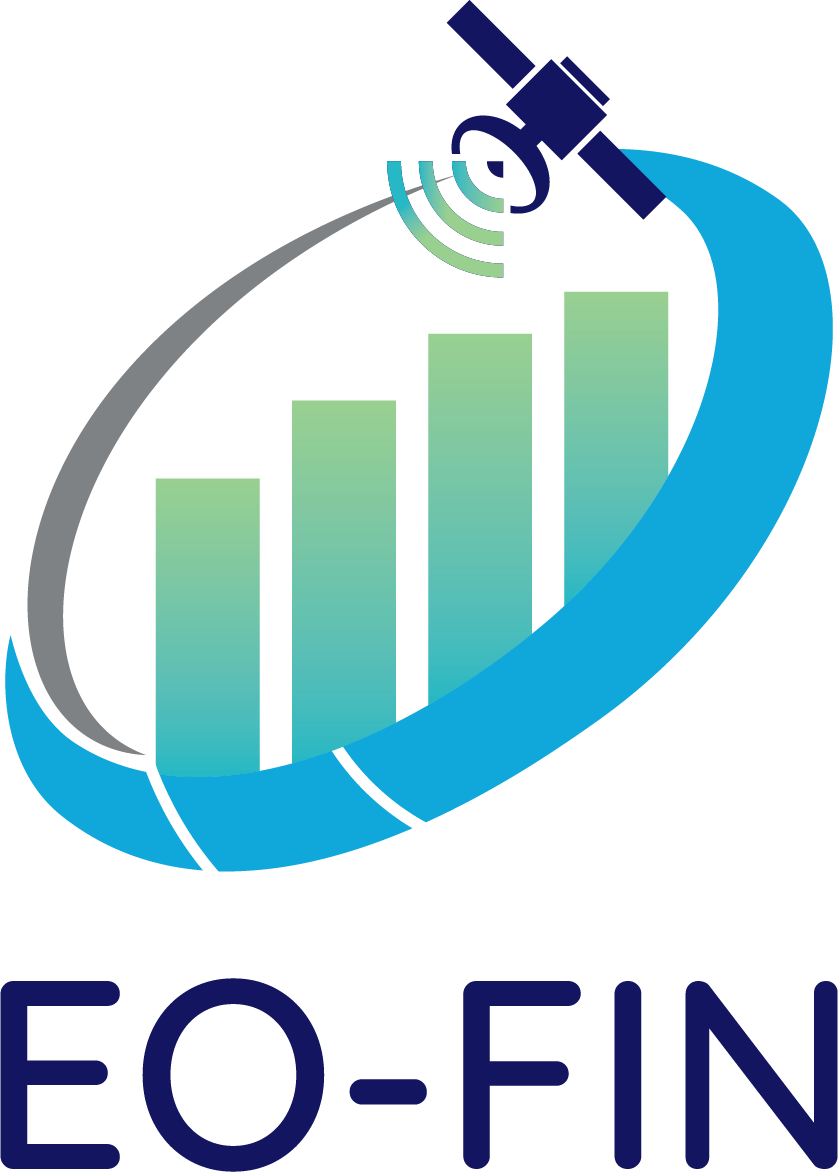Mapping Travel Times to Assets | ||||||||
Example of friction surface (left) and accessibility to cities represented in how many minutes needed to access the nearest city (right) (Source: MAP (university of Oxford)) | ||||||||
Product Category | ||||||||
|
| |||||||
Financial Domains | ||||||||
| ||||||||
User requirements | ||||||||
UN11: Realistic assessment of accessibility to assets | ||||||||
Description | ||||||||
Global Friction Surface is a map produced through a collaboration between the Malaria Atlas Project (MAP) (University of Oxford), Telethon Kids Institute (Perth, Australia), Google, and the University of Twente, Netherlands. Friction surface is a map relative measures how “hard” it is to cross a grid cell, based on whether the cell contains good roads, worse roads, railroads, rivers, various water bodies, or terrain with some slope. These maps quantify the time required to traverse each pixel within a ~1 km × 1 km gridded representation of the Earth’s surface. Using this map, we can generate travel times maps from any place to another. The importance of these comes come from that places a longer distance away may take less time to reach physically closer places. | ||||||||
Spatial Coverage Target | ||||||||
Asset Level | ||||||||
Data Throughput | ||||||||
Rapid tasking Data availability |
|
| ||||||
PRODUCT SPECIFICATIONS | ||||||||
Main processing steps | The process starts by clipping the Global Friction Surface 2019 to the surrounding area of the asset. Knowing that each pixel (~ 1 km x 1km) of these maps represents a value of a time in minutes needed to cross one meter of that pixel walking only and using motorized means. Using these maps by identifying a line representing the way to the asset, it is possible to calculate the travel time by accumulating the pixels’ values of the friction surface map. The way from a pixel to the asset can be the nearest distance (using algorithms) or any way identified by the asset’s owner. | |||||||
Input data sources | Optical: N.A Radar: N.A Grid-based data: Global Friction Surface 2019 Supporting data: N.A | |||||||
Accessibility | Freely and publicly available through MAP (university of Oxford) | |||||||
Spatial resolution | ~ 1 km | |||||||
Frequency (Temporal resolution) | Annually only for 2019 | |||||||
Latency | N.A | |||||||
Geographical scale coverage | Globally | |||||||
Delivery/ output format | Data type: Raster File format: GeoTIFF | |||||||
Accuracies | Thematic accuracy: 80-90% Spatial accuracy: N.A | |||||||
Constraints and limitations | n The relatively coarse spatial resolution (~ 1 km) n It is static and may not account for dynamic factors like traffic congestion, seasonal changes, or road closures, which can impact travel times. n It represents the travel time of using motorized means without considering the type of vehicle. | |||||||
User's level of knowledge and skills to extract information and perform further analysis on the EO products. | Skills: Essential Knowledge: Essential | |||||||
P10: Mapping travel times to assets | |
Maturity score | |
Mean: 3.00 | STD: 0.00 |
Constraints and limitations · The product is static and may not account for dynamic factors like traffic congestion, seasonal changes, or road closures, which can impact travel times. · The product represents the travel time of using motorized means without considering the type of vehicle. | |
Relevant user needs UN47: Need up-to-date geospatial data on residential and industrial infrastructures' locations | |
R&D gaps · The relatively coarse spatial resolution (~ 1 km) | |
Potential improvements drivers Provide more global friction maps with higher spatial resolution. These maps are used to generate the travel time maps. | |
Utilisation level review | |
Utilisation score | |
Mean: 2.14 | STD: 0.64 |
No utilisation: · Unawareness of the existence of this EO product · Uncertainty of the need for this product Low utilisation · Unawareness of the existence of commercial EO products with better specifications There is a high utilisation of Global Friction Surface which is an open-access map produced through a collaboration between the Malaria Atlas Project (MAP) (University of Oxford), Telethon Kids Institute (Perth, Australia), Google, and the University of Twente, Netherlands. Medium utilisation High utilisation | |
Critical gaps related to relevant user needs | |
Guideline gap UN11: Realistic assessment of accessibility to assets | |


This page has no comments.